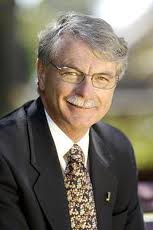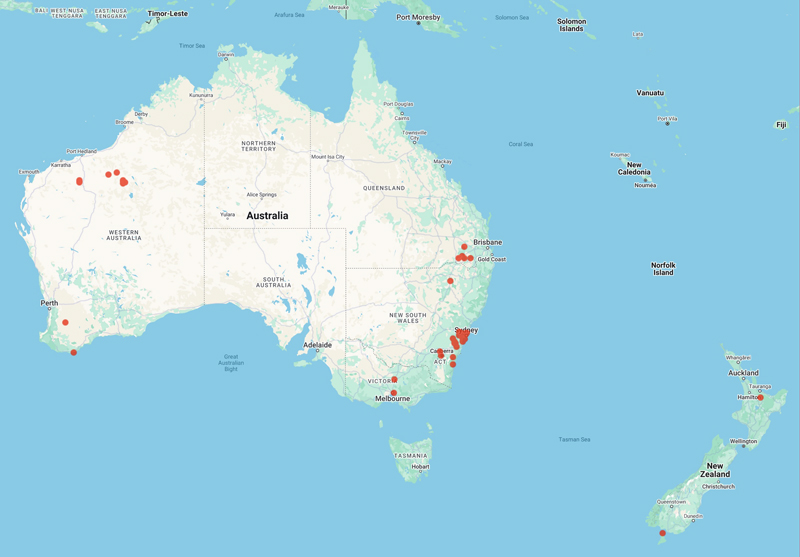
Council of Heads of Australasian Herbaria
Australian National Herbarium
Biographical Notes
 |
Council of Heads of Australasian Herbaria |
 Moors, Philip James (1948 - )
Moors, Philip James (1948 - ) Born in Sydney on 5 April 1948;
BSc 1970
Australian National University
PhD 1974
University of Aberdeen, Scotland
1974-1985 He was Scientist, New Zealand Wildlife Service.
1985-1988 He was Assistant Director, Research, New Zealand Wildlife Service.
1989-1992 He was the first full-time Director of the Royal Australasian Ornithologists Union during which time he saw the publication of the first volume of the highly successful Handbook of Australian, New Zealand and Antarctic birds, (1990), and attracted funding for projects such as the Australian Bird Count and the seabird atlas.
1992-2012 He was Director, Royal Botanic Gardens, Melbourne.
Dr Philip Moors announced on 13 March 2012 that he would retire from the Royal Botanic Gardens Melbourne on 4 November 2012, when he will be the second-longest serving of all directors in the Gardens' 166 year history.
Having commenced his directorship on 9 November 1992, by the time of his retirement he will have been leading RBG Melbourne for 20 years, second only to William Guilfoyle who served for 36 years.
Announcing his departure Dr Moors said:
"I have been privileged to be RBG Melbourne's Director and Chief Executive during a notable period of revitalisation and major capital projects. Many of the RBG's projects and programs over the past 20 years have broken new ground: for example, the creation of the Australian Garden and the Ian Potter Foundation Children's Garden; the development of Observatory Gate at Melbourne and the Woodland Picnic Area at Cranbourne; the establishment of the Australian Research Centre for Urban Ecology; our leading research and curatorial work in the National Herbarium of Victoria and major involvement with the 2011 International Botanical Congress in Melbourne; our water conservation successes leading to the stormwater harvesting and irrigation benefits of the Working Wetlands Project; the Gold Medal awarded to our Australian Garden at the 2011 Chelsea Flower Show in London; pioneering the nationally successful Moonlight Cinema shows each summer; and the landscaping and opening to public access of Guilfoyle's Volcano. There have been many other successful horticultural, scientific and educational projects during that time, and together all these results have clearly shown the RBG's energy and vitality."
Source: Extracted from: pers com email (13.3.2012)
https://www.eoas.info/biogs/P003177b.htm
Data from 246 specimens
